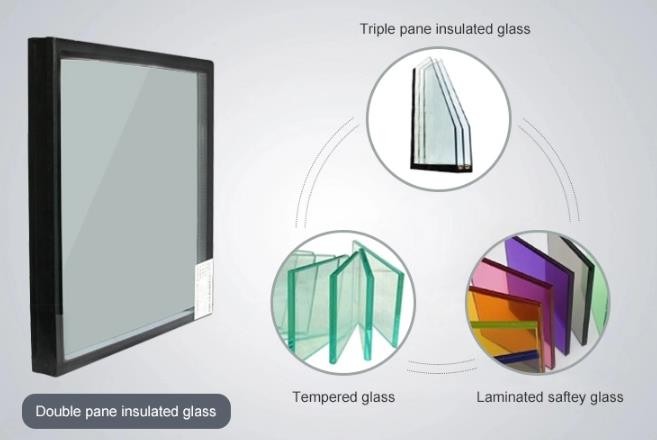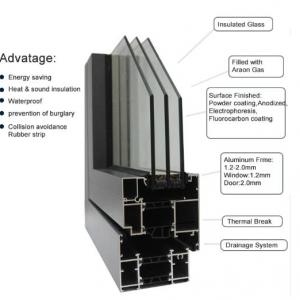Description
Opening and Closing Technology Automatic Door and Window

The Age of Convenience: Automatic Door and Window Opening and Closing Technology
In the modern world, where convenience and efficiency are highly valued, the technology behind automatic door and window systems has become increasingly sophisticated. These systems not only enhance the user experience but also contribute to energy conservation and security. The automatic opening and closing of doors and windows is no longer a feature exclusive to high-end establishments but is becoming a standard feature in both residential and commercial spaces.
**Introduction to Automatic Doors and Windows**
Automatic doors and windows are designed to open and close without the need for physical human intervention. They are equipped with sensors and controllers that facilitate this process, responding to various triggers such as motion, light, or even voice commands.
**Types of Automatic Doors and Windows**
1. **Swing Doors**: These operate on a pivot, opening and closing in a similar manner to manual doors but are powered by an electric motor.
2. **Sliding Doors**: These move horizontally along a track, often used for larger openings or where space is limited.
3. **Revolving Doors**: Common in commercial buildings, these doors rotate around a central axis, allowing multiple people to pass through simultaneously.
4. **Automatic Windows**: These can be casement, awning, or sliding types, and are controlled electronically to open and close based on environmental conditions or user commands.
**Key Components of Automatic Systems**
1. **Sensors**: Infrared, ultrasonic, or motion sensors detect the presence of people or objects, triggering the door or window to open or close.
2. **Controllers**: These are the brains of the system, processing input from sensors and sending commands to the motors.
3. **Actuators**: Motors or other mechanical devices that provide the force necessary to move the doors and windows.
4. **Safety Features**: Edge sensors, photocells, and pressure mats ensure that the doors and windows stop or reverse direction if they encounter an obstruction.
5. **Power Supply**: Most systems are powered by electricity, but some may also incorporate solar panels or batteries for backup power.
**Technological Advancements**
1. **Smart Sensors**: Advanced sensors can differentiate between humans and animals or objects, reducing false activations.
2. **Integration with IoT**: Automatic doors and windows can be integrated with home automation systems, allowing for remote control and integration with other smart devices.
3. **Voice Control**: With the rise of virtual assistants, doors and windows can now be operated using voice commands.
4. **Solar-Powered Systems**: Eco-friendly options are becoming more prevalent, with solar panels providing a renewable source of energy for these systems.
5. **Artificial Intelligence (AI)**: AI algorithms can predict and learn user patterns, adjusting the operation of doors and windows to optimize convenience and energy efficiency.
**Applications of Automatic Doors and Windows**
1. **Accessibility**: For individuals with mobility issues, automatic doors and windows provide a barrier-free environment.
2. **Commercial Spaces**: In high-traffic areas such as shopping malls and airports, automatic doors and windows improve flow and reduce congestion.
3. **Security**: Automatic systems can be programmed to lock at certain times, enhancing security in both residential and commercial settings.
4. **Energy Efficiency**: By controlling the amount of sunlight and fresh air entering a building, automatic windows can contribute to energy savings.
5. **Health and Safety**: In healthcare facilities, automatic doors and windows can help maintain a sterile environment and reduce the spread of infections.
**Challenges and Considerations**
1. **Cost**: The initial investment for automatic systems can be significant, especially for those with advanced features.
2. **Maintenance**: Regular maintenance is required to ensure the smooth operation of the system and to prevent malfunctions.
3. **Reliability**: The system's performance can be affected by environmental factors such as extreme temperatures or strong winds.
4. **Regulations and Standards**: Compliance with building codes and safety standards is essential to ensure the system's safe operation.
**Future Outlook**
The future of automatic doors and windows is likely to see further integration with AI and machine learning, providing even greater customization and predictive capabilities. The focus will also be on energy efficiency and sustainability, with more systems powered by renewable energy sources.
**Conclusion**
Automatic door and window systems represent a significant advancement in building technology, offering numerous benefits in terms of convenience, accessibility, and energy efficiency. As technology continues to evolve, these systems are becoming more sophisticated, reliable, and user-friendly. With careful consideration of the technological advancements, applications, and challenges, automatic doors and windows are set to become an integral part of our built environment.
---
This article explores the technology behind the automatic opening and closing of doors and windows, discussing the types of systems, their key components, and the technological advancements that have made them more sophisticated and user-friendly. It also highlights their applications and the challenges associated with their implementation, while looking forward to the future developments in this field.
 English
English Russian
Russian





